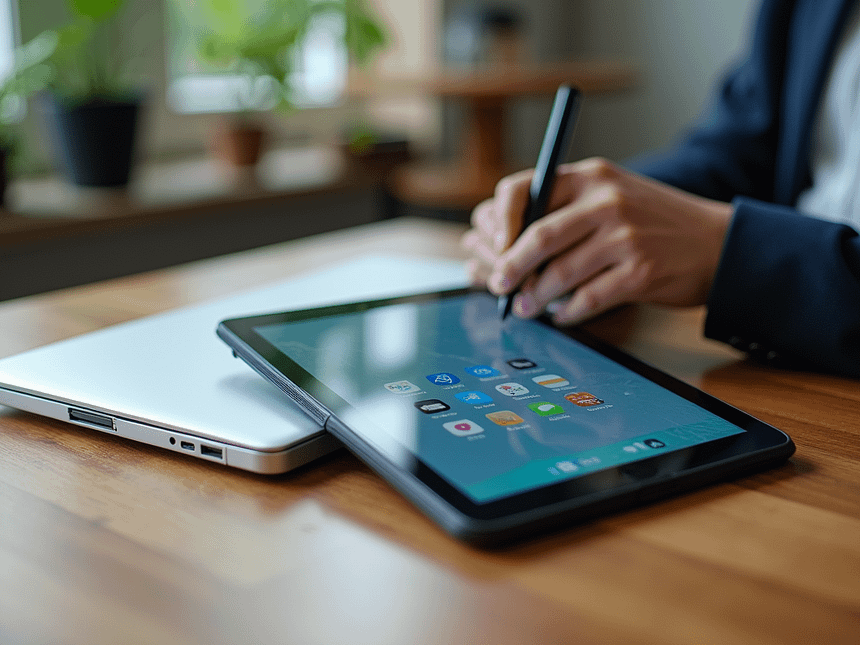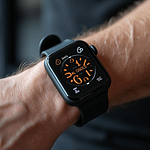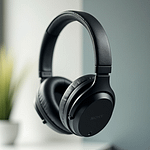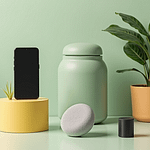When deciding between a tablet and a laptop, understanding your needs and preferences is crucial. Each device has strengths that cater to specific use cases.
In this article, we’ll break down the key factors to help you make the best choice.
Comparison Table: Tablet vs. Laptop
| Feature | Tablet | Laptop |
|---|---|---|
| Portability | Extremely portable | Bulkier but still portable |
| Performance | Suitable for light tasks | Ideal for heavy multitasking |
| Input | Touchscreen, optional stylus | Physical keyboard and trackpad |
| Battery Life | Longer (10–15 hours) | Shorter but improving in modern models |
| Storage | Limited (64GB–512GB) | Larger (256GB–1TB+) |
| Software | Mobile apps only | Full desktop software |
| Price | Budget-friendly | Wider price range, premium options |
| Connectivity | Minimal ports | Multiple ports |
1. Portability: Convenience Matters
Tablets: Lightweight and Ultra-Portable
- Advantages: Tablets are designed for portability. Their lightweight, slim profiles make them ideal for on-the-go use. They can fit easily into bags or even large pockets, making them perfect for travel or commuting.
- Best Use Cases: Casual browsing, streaming videos, and reading e-books.
Laptops: Portable, But Bulkier
- Advantages: While laptops are portable, they are typically heavier and bulkier than tablets. However, ultra-thin notebooks like the MacBook Air and Dell XPS 13 offer a good balance of portability and functionality.
- Best Use Cases: Productivity on the go, such as working in coffee shops or coworking spaces.
Winner: Tablet for maximum portability; laptop for a balance of portability and performance.
2. Performance: Power for Your Tasks
Tablets: Optimized for Light Tasks
- Capabilities: Tablets handle activities like web browsing, video streaming, and running mobile apps efficiently. However, they struggle with demanding tasks such as video editing or gaming.
- Examples: iPad Pro, Samsung Galaxy Tab S9.
Laptops: Built for Heavy Lifting
- Capabilities: Laptops excel at multitasking, video editing, gaming, and running desktop software like Photoshop or AutoCAD. Their processors and RAM options are tailored for productivity and creative work.
- Examples: Dell XPS 15, MacBook Pro.
Winner: Laptop for performance-heavy tasks; tablet for casual use.
3. Input Methods: Ease of Use
Tablets: Touchscreen and Stylus Support
- Advantages: Tablets rely on touch input, which is intuitive for casual tasks. Many tablets support a stylus, making them great for note-taking, sketching, or annotating documents.
- Examples: The Apple Pencil for iPads, S Pen for Samsung tablets.
Laptops: Physical Keyboard and Precision Trackpads
- Advantages: Laptops are ideal for typing-intensive tasks like writing reports or coding. Their physical keyboards and trackpads offer better precision than touchscreen input.
- Examples: Many laptops offer backlit keyboards and ergonomic designs.
Winner: Laptop for typing and precision; tablet for drawing and casual interaction.
4. Battery Life: Staying Powered Up
Tablets: Long-Lasting
- Advantages: Tablets generally offer longer battery life, often lasting 10–15 hours. Their low-power consumption hardware is optimized for efficiency.
- Examples: iPad Air with up to 10 hours of use.
Laptops: High Performance, Less Longevity
- Advantages: Laptops have shorter battery life, often around 6–8 hours, but high-end models like the MacBook Air M2 can last up to 18 hours.
- Examples: Lenovo ThinkPad X1 Carbon, Dell XPS 13.
Winner: Tablet for long battery life; laptop for power-intensive tasks with adequate battery.
5. Storage Capacity: Space for Your Files
Tablets: Limited Storage
- Typical Options: Most tablets offer storage ranging from 64GB to 512GB. While sufficient for casual users, it can be restrictive for those storing large files or apps.
- Solution: Many tablets support cloud storage or external drives.
Laptops: Ample Storage
- Typical Options: Laptops often start at 256GB and go up to 1TB or more, making them ideal for users with significant storage needs, such as photographers or video editors.
Winner: Laptop for ample storage; tablet for light users leveraging cloud storage.
6. Software Compatibility: Mobile vs. Desktop
Tablets: Mobile Ecosystems
- OS Examples: Tablets run mobile operating systems like iOS, Android, or ChromeOS. While they are user-friendly, they may lack support for professional-grade software.
- Best For: Content consumption, basic productivity, and app-based tasks.
Laptops: Desktop Ecosystems
- OS Examples: Laptops run Windows, macOS, or Linux, providing access to full-featured desktop applications. This makes them essential for business, creative, and technical users.
Winner: Laptop for software versatility; tablet for streamlined, app-based workflows.
7. Price: Value for Money
Tablets: Affordable Options
- Price Range: Entry-level tablets like the Amazon Fire HD 10 start around $150, while high-end models like the iPad Pro can exceed $1,000.
- Best For: Budget-conscious users or those seeking basic functionality.
Laptops: Wider Range
- Price Range: Budget laptops start at $300, while premium options like the MacBook Pro or Dell XPS can cost over $2,000.
- Best For: Users who require high performance or durability.
Winner: Tablet for affordable options; laptop for users willing to invest in performance.
8. Connectivity: Ports and Peripherals
Tablets: Minimal Ports
- Examples: Most tablets have one USB-C or Lightning port, limiting the ability to connect peripherals without adapters.
- Wireless Options: Tablets excel in wireless connectivity through Bluetooth and Wi-Fi.
Laptops: Full Port Options
- Examples: Laptops typically include USB-A, USB-C, HDMI, and SD card slots, providing flexibility for peripherals like monitors, keyboards, and external storage.
Winner: Laptop for extensive connectivity; tablet for minimalist users.
Verdict: Tablet vs. Laptop
- Choose a Tablet if:
- You prioritize portability and long battery life.
- Your tasks include media consumption, casual browsing, or note-taking.
- You want an affordable, easy-to-use device for on-the-go use.
- Choose a Laptop if:
- You need performance for heavy productivity or multitasking.
- Your work requires desktop-grade applications.
- You need more storage, connectivity options, or gaming capabilities.
For those seeking versatility, consider a 2-in-1 device, combining the portability of a tablet with the functionality of a laptop.
SEO Blog Titles
- Tablet vs. Laptop: Which Is Better for Your Needs?
- Laptop vs. Tablet: Key Differences to Help You Decide
Meta Descriptions
- Confused between a tablet or laptop? Explore their differences and find the right device for your needs in this comprehensive guide.
- Compare tablets and laptops across performance, portability, and price to make the best choice for work or leisure.
Keywords for Internal Links
tablet vs laptop comparison, best device for productivity, tablet use cases






